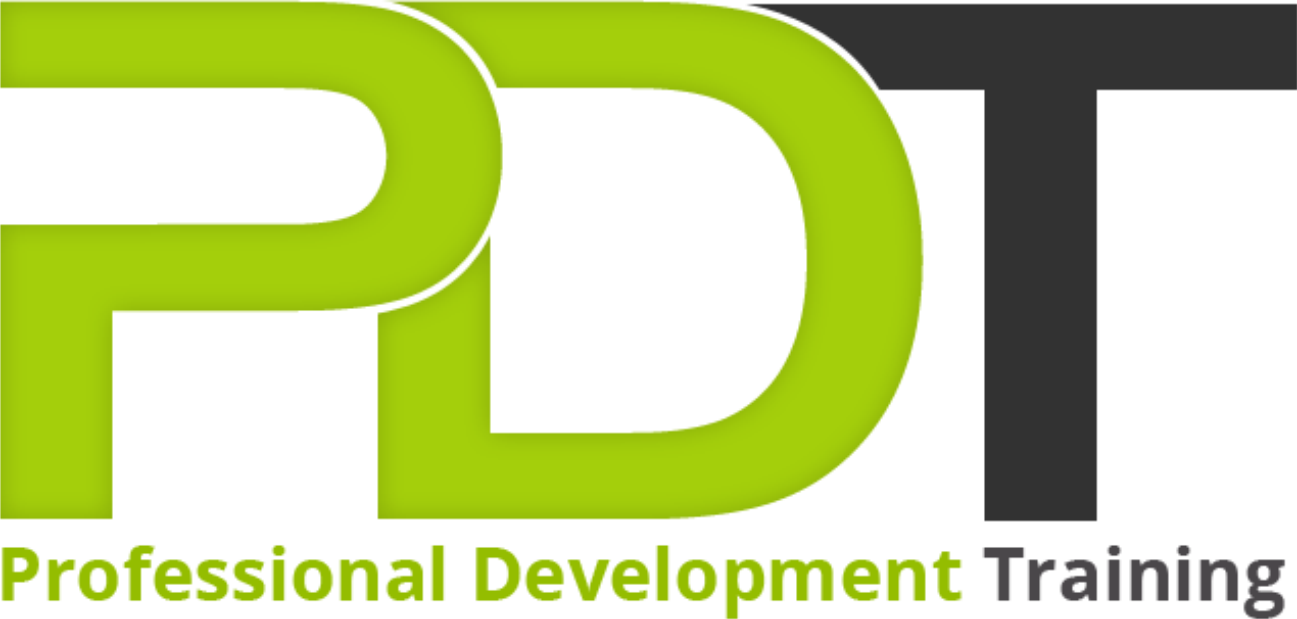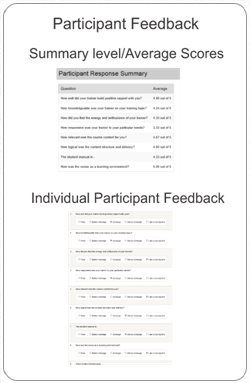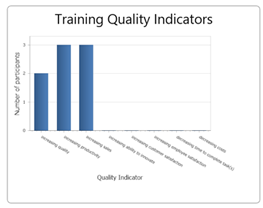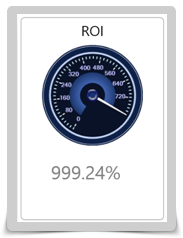
Measuring Success of Training...
It all sounds great but it is normally hard and time consuming
Our Training Management Centre App makes it simple, fast and flexible.
At PD Training we believe measuring the success of what we deliver for you is important. we also recognise that people don't want to take the time to do a whole lot of extra work ticking boxes for what some people perceive as 'un-measurable'. So we took an approach that reflects the best academic theory, and made it all amazingly fast and easy using our Training Management Centre.


The most famous thought leader in ROI in Training space Dr Donald Kirkpatrick who conducted research,
and authored books from 1954 through to the 2000’s with some of his most famous work in the 1990’s.
His research led to the measurement of Training ROI using 4 Levels:
PD Training systems deliver on the learning theory to give enterprise standard reporting using accepted methodology
What participants thought and felt about the training (satisfaction; "smile sheets")

This is part of our standard training management Centre and
standard short feedback form.
Managers can review individual feedback, and summary
feedback:
PD Training systems deliver on the learning theory to give enterprise standard reporting using accepted methodology
Our trainers confirm learning, and check for application and the need for clarification during the day.
Information to review this is collected in our ROI version of Post Course evaluation and reported in the Training Quality Indicators Table where it shows the differences the participants feel empowered to make once they return
back to work.
Participants provide feedback on the different business impacts they believe they will be able to impact when they return back to work by using what they learned in training:
Using what they learned in class they indicate the following business impacts they will be able to impact:

Transfer of knowledge applied on the job
This is forecasted by our ROI feature, using the ROI version of our Post-Course evaluation. The ROI version of our Post Course evaluation asks participants to quantify how
much more effective they will be (how differently they will behave/perform) as a consequence of applying what they learned in class.

The number shown in the gauge uses this math:
Upon request we can re-send the evaluations 3-6 months after the training (as per theoretical best-practice), historically
participation in the surveys is very low, so we only do it upon request. Instead we use forecasting, and Training
Goals
measurement pre-and Post (see Level 4)
The final results that occurred because of attendance and participation in a training program
(can be monetary, performance-based, etc.)


Supporting leaders and teams around the globe, we're proud to mark 15 years of growth, innovation, and success. Thank you for being part of the PD Training journey. The future is looking bright!